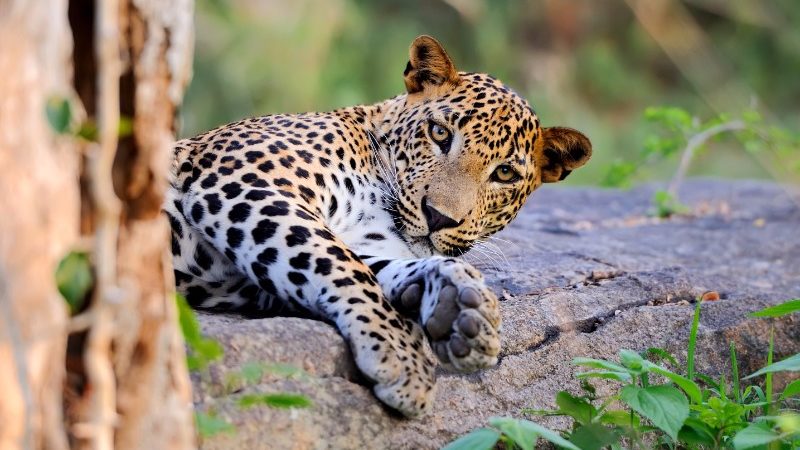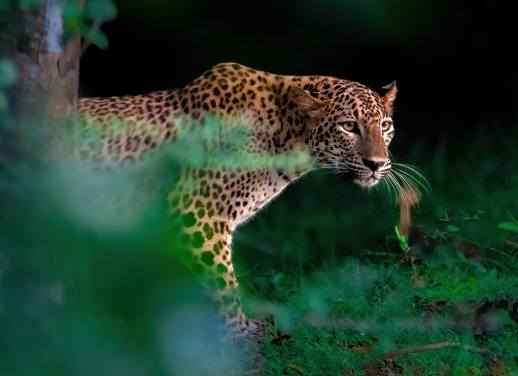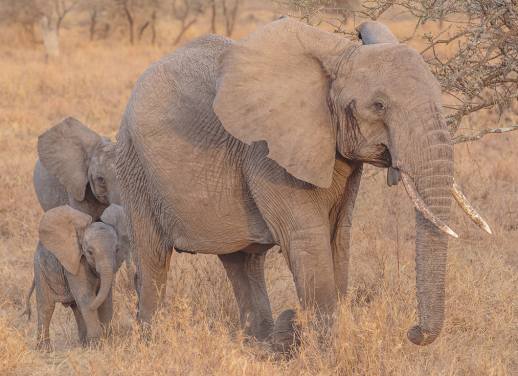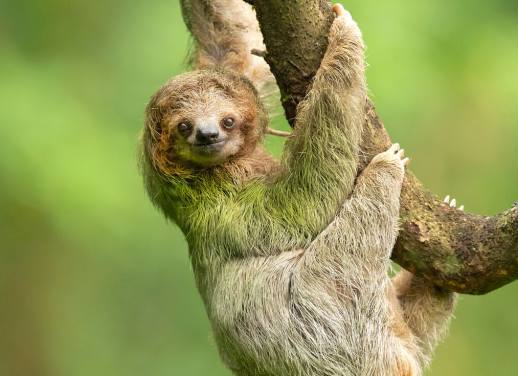Lions are everywhere in Sri Lanka. Not in a live, animated kind of way, since the King of the Jungle didn’t make it past prehistoric times on the island nation, but decorating the national flag, giving their name to the country’s beloved cricket team, and emblazoned proudly across the packaging of countless products.
While the Sri Lankan lion isn’t much more than a majestic myth adopted by the country’s ancient kings, another magnificent big cat prowls the island physically today – the leopard.
Hunted by poachers on the one hand and seeing their natural habitats encroached by human settlements on the other, the leopard population in Sri Lanka has dwindled over the past few decades. In 2008, with just an estimated 700-950 individuals left in the wild, the Sri Lankan leopard entered the dreaded International Union for Conservation of Nature’s (IUCN) Red List of Threatened Species, alongside many of the world’s most impressive apex predators.
When we decided to go to Sri Lanka as a family last year, it was a pretty important trip for us. I was born and have lived most of my adult life in London but my mother’s family is from Sri Lanka. She hadn’t been back for nearly 30 years and I had yet to set foot on my maternal homeland.
READ MORE: HOW TO EAT LIKE A LOCAL IN SRI LANKA
As excited as I was to see the country of my roots, I spent most of the plane journey daydreaming, unrealistically I knew, of spotting a leopard in the wild. Sri Lanka has 26 national parks to explore and we were venturing into a few of them on safari. I crossed my fingers that I’d catch sight of that dapper, patterned feline in one.
Yala National Park
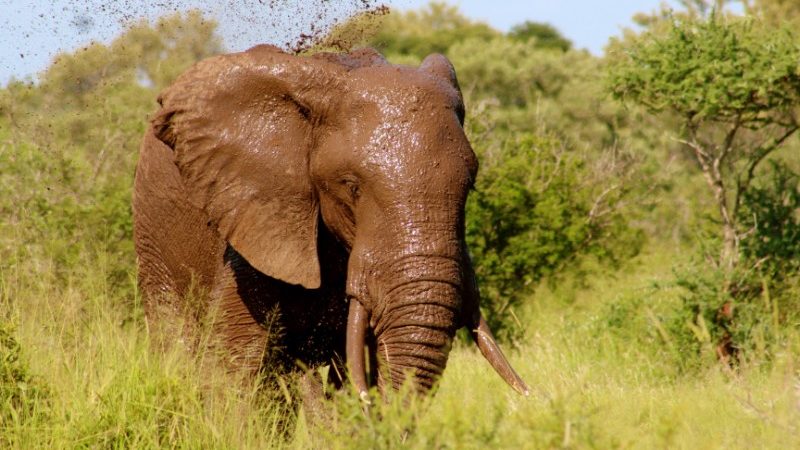
Photo by Rachel Fortner via Unsplash
Our first stop is Yala, the most famous national park in Sri Lanka. Its fame is largely thanks to the fact that Yala has the most densely populated leopard presence on earth. Around 40 leopards are believed to roam the area, but sightings of these elusive creatures are still very rare.
Covering around 950 square kilometres and forming a large chunk of the south-east coast by Tissamaharama, the park hosts the widest selection of wildlife to be found on the island and we were reassured that our chances of seeing the other residents (elephants, deer, crocodiles, jackals, monkeys, mongooses, water and land monitor lizards, buffalo, wild boar, sloth bears, and 220 or so different species of birds) were much higher, which turned out to be the case.
In the afternoon session of the first day of safari, our driver picked up some commotion on his radio and instantly spun the jeep around and sped off. We came into a large open plain full of other vehicles and a camera crew filming something in the distance amongst the trees, apparently a leopard. Despite a lot of agitated use of binoculars and hanging around for over half an hour, to our disappointment we didn’t spot anything.
READ MORE: 5 REASONS TO VISIT SRI LANKA NOW
On the second morning, we finally came into luck. We’d only been in the park for about half an hour when the driver slammed on the brakes and killed the engine, pointing franticly towards a clearing. There it was – a leopard in all its glory, casting a lazy glance in our direction before strolling off through the brush parallel to the road. It all happened very quickly, I could only have spotted him for about ten seconds, but time seemed to stand still. It was an exhilarating experience that myself and my mother will remember forever. My poor father on the other hand, totally missed out because of where he was sitting, with branches blocking his view.
Wilpattu National Park
Wilpattu, Sri Lanka’s biggest national park, is located in the north-west lowlands and was once the most famous place for seeing leopards in the country. The area suffered badly during the civil war, and only re-opened in 2003 after being closed for 15 years. Leopard sightings have been more common recently and it’s slightly less busy than Yala. The same wildlife roam Wilpattu as at Yala and the animals are slightly less cautious of humans.
Udawalawe National Park
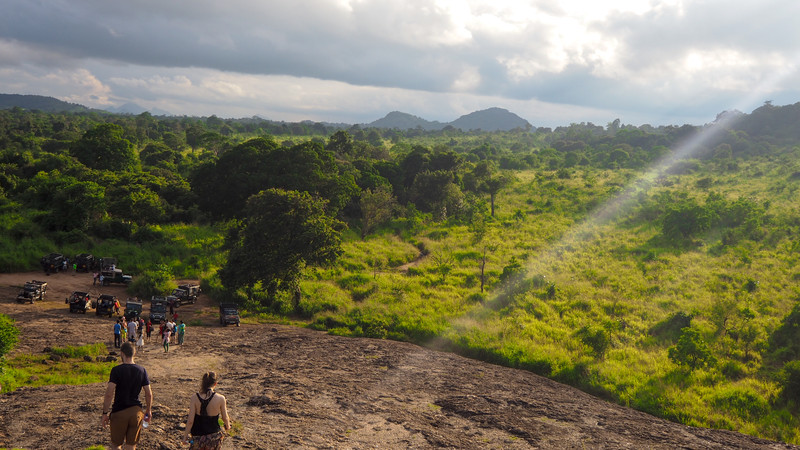
Photo by Stew Miles C/O Intrepid Travel
Udawalawe is the place to go for elephants. While you’ll see them in most parks, Udawalawe has a population of around 500. It’s located about four hours away from Colombo by car, and at 300 square kilometres in size, it’s much smaller than Yala. There’s very little forest cover to obscure the view, as many of the trees in the centre of the park died after a season of severe monsoon flooding.
Along with elephants, you’ll see monkeys, deer, crocodiles, flying squirrels, buffalo, and – for those with particularly good eye-sight – chameleons (our eagle-eyed driver somehow managed to spot a medium-sized one on a branch from about 25 feet away. It blew my mind as I struggled to see it from about five feet away). Sloth bear and leopard sightings aren’t unheard of, but are pretty rare here. The park also contains around 180 different types of birds and if you’re a keen bird-watcher, November and December are the best months to visit.
Also worth a mention for lovers of these (generally) gentle giants are Minneriya and Kandulla national parks, which are famous for the ‘Gathering’ – the seasonal congregation of elephants in September and October. Up to 300 elephants will meet by Minneriya Lake on the lush grassland that forms as the lake dries out. There isn’t a sight like it in the world.
If you go to Sri Lanka expecting to see a leopard, you’ll most likely come away disappointed. But never fear, you’ll be more than satisfied for wildlife.
Have your own wildlife-filled safari on an Intrepid adventure in Sri Lanka.
Feature image C/O Shutterstock.

